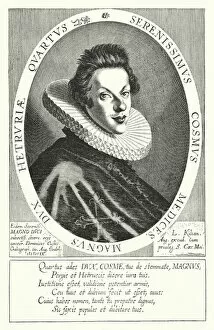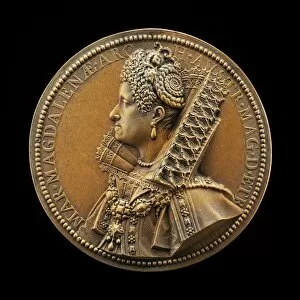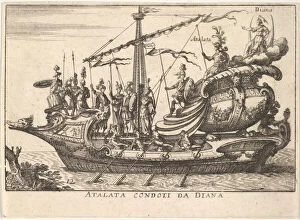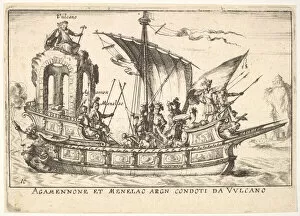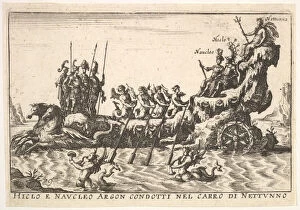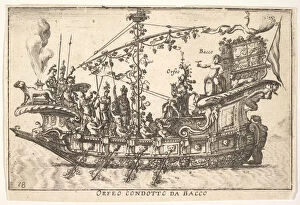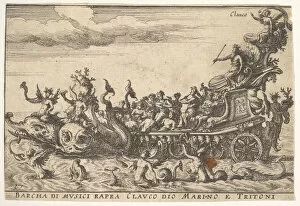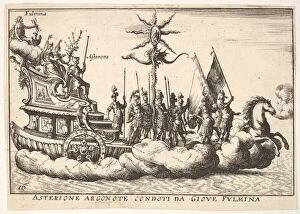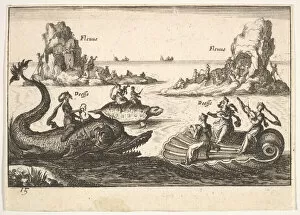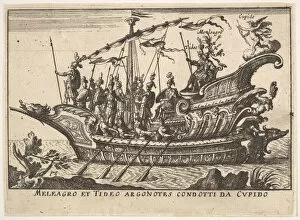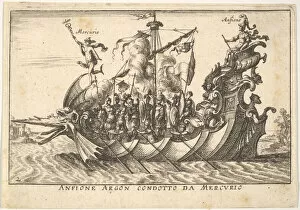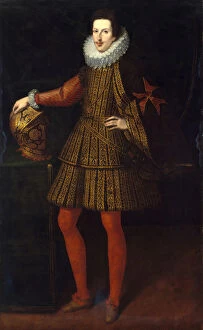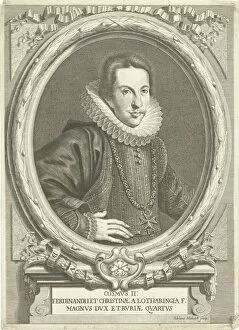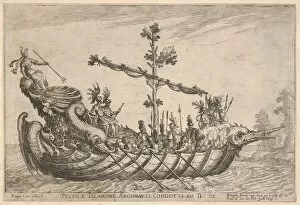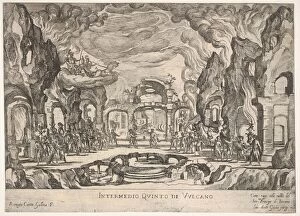Cosimo Ii De Medici Collection
Cosimo II de Medici, Grand Duke of Tuscany, was a prominent figure in Italian history
For sale as Licensed Images
Choose your image, Select your licence and Download the media
Cosimo II de Medici, Grand Duke of Tuscany, was a prominent figure in Italian history. As depicted in various engravings and artworks, he exuded power and authority befitting his noble status. In one engraving, we see Cosimo II de Medici portrayed with regal elegance. His refined features and commanding presence reflect his role as the ruler of Tuscany during the early 17th century. The artist captures the essence of this influential leader who left an indelible mark on the region's political landscape. Another artwork showcases Truth and Justice personified by Cherubino Alberti. This piece symbolizes Cosimo II de Medici's commitment to upholding moral principles and ensuring fairness within his domain. It highlights his dedication to maintaining a just society for all citizens under his rule. The portrait of Maria Magdalena, Grand Duchess of Tuscany, offers insight into Cosimo II de Medici's personal life. She was not only his wife but also a trusted confidante who supported him throughout their marriage. Together, they formed a formidable partnership that contributed to the prosperity and stability of Tuscany during their reign. Amidst these depictions of grandeur and marital bliss, we encounter references to Greek mythology intertwined with historical events surrounding Cosimo II de Medici's era. For instance, Asterion from "Vessels of the Argonauts" represents lavish celebrations held in honor of significant occasions such as weddings or festivals. Furthermore, scenes like "The Judgment of Paris" evoke classical tales while subtly hinting at political dynamics during Cosimo II de Medici's time. Such artistic choices demonstrate how art served as both entertainment and propaganda for those in power. Lastly, plates depicting mythical figures like Atalanta led by Diana or Agamemnon accompanied by other characters reveal an appreciation for ancient legends among Renaissance elites like Cosimo II de Medici.


